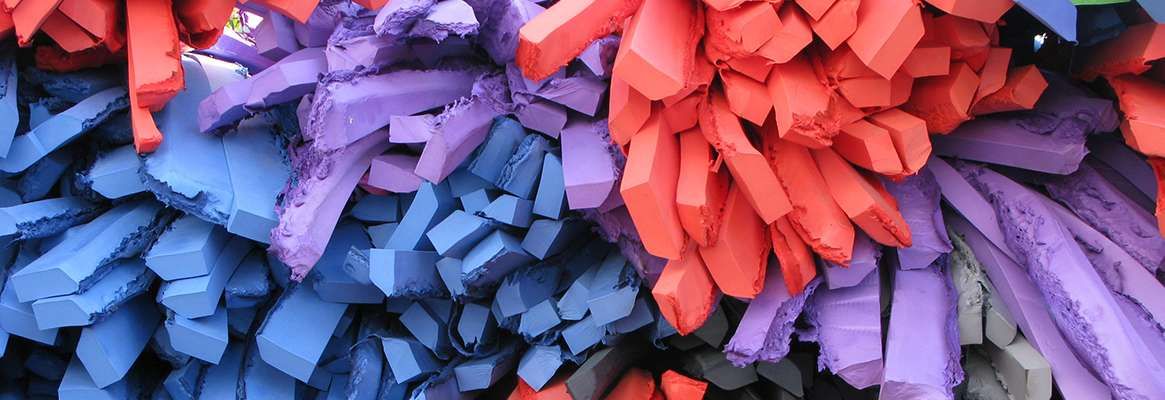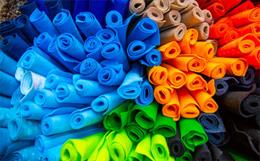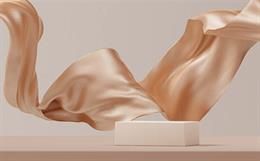ABSTRACT
Electrospunnanofibres have become an exciting area in textile product development, due totheir unique properties such as high surface area and porosity. Indeed, manystudies on nanofibres have demonstrated their feasibility in various applications.For example, nanofibre scaffolds were shown to be promoters for tissue celladhesion and encapsulators for drugs. In the past decade, numerous studiesrevealed the areas in which nanofibres can be useful, and capability forscaling-up nanofibre production, which established a starting step in thedevelopment of a new generation of textile products. However, many challengesfaced today are complicated in nature and require a multidimensional approachto solve, necessitating multifunctional products. This review explored recentefforts in developing a new class of active textiles for wound care. The woundcare sector is one of the most advanced in the medical industry, with a massiveglobal demand from patients suffering from wounds, burns, and diseases such asdiabetes. Ensuring satisfactory wound healing is often difficult due to thedynamic nature of the skin, requiring fulfilment of multiple objectives atdifferent stages of the healing process. We demonstrated that by controllinghow wound dressing release therapeutic agents, its mechanical responses to thewound and in aqueous environment, a wound dressing that can interact withdifferent wounds can be developed.
ToRead More,
This article was originally published in the New Cloth Marketmagazine, May, 2012.
About the Authors:
VictorLeung, Heejae Yang, & Frank Ko are associated with the University ofBritish Columbia, Vancouver, BC V6T 1Z4, Canada
Ryan Hartwell &Aziz Ghahary are associated with the Vancouver General Hospital, Vancouver, BCV5Z 1 M9, Canada








